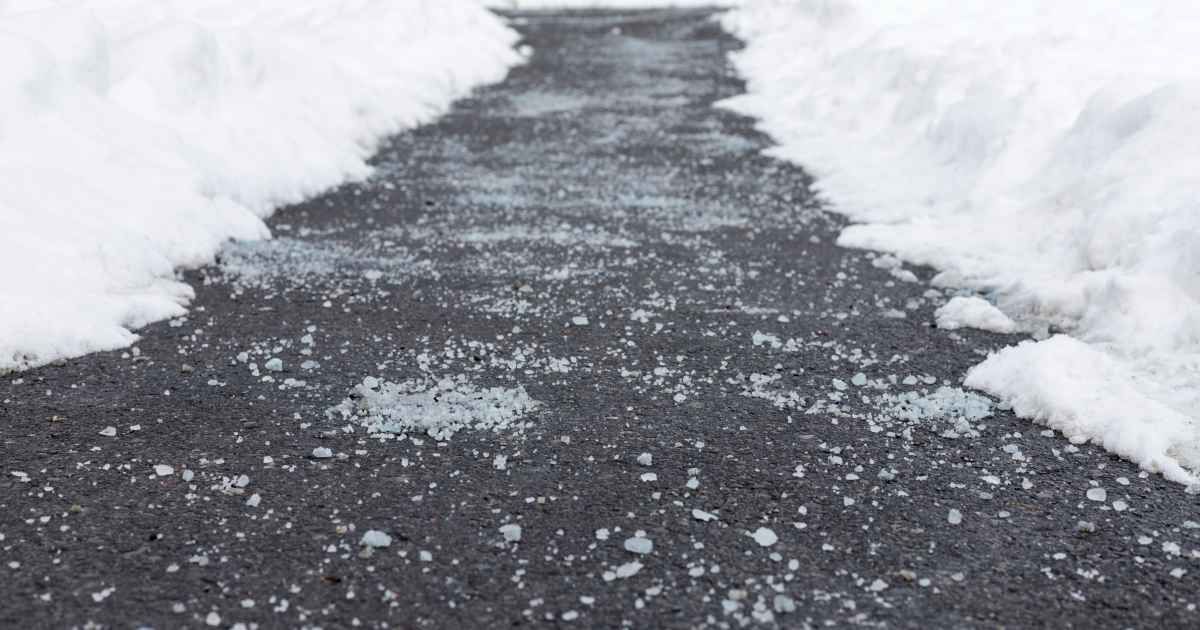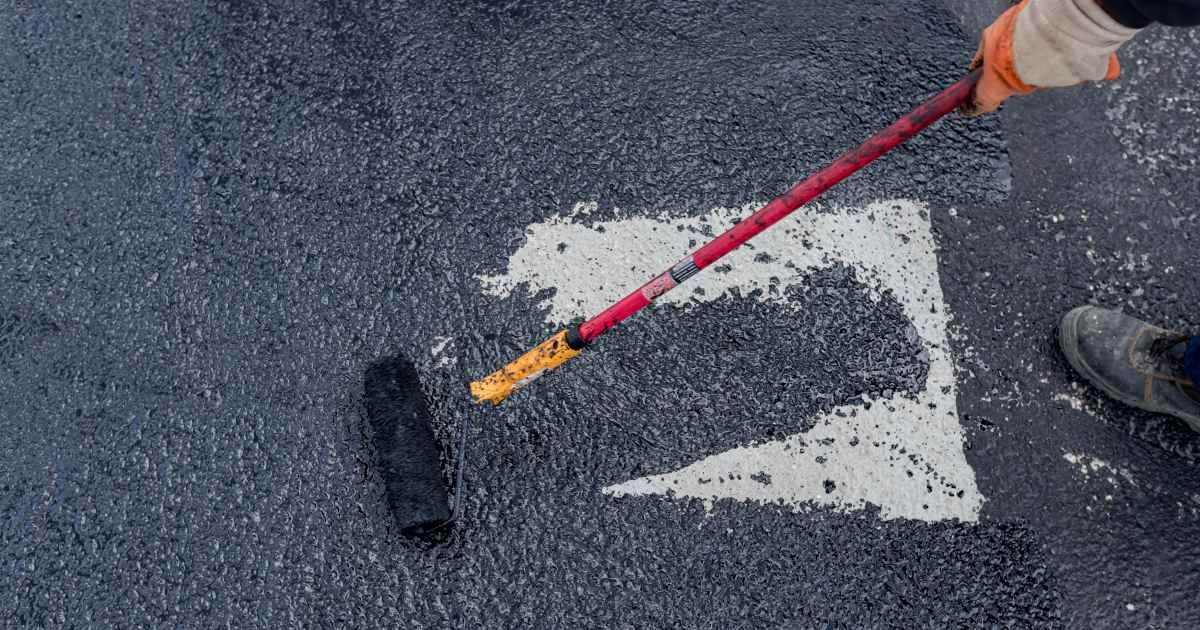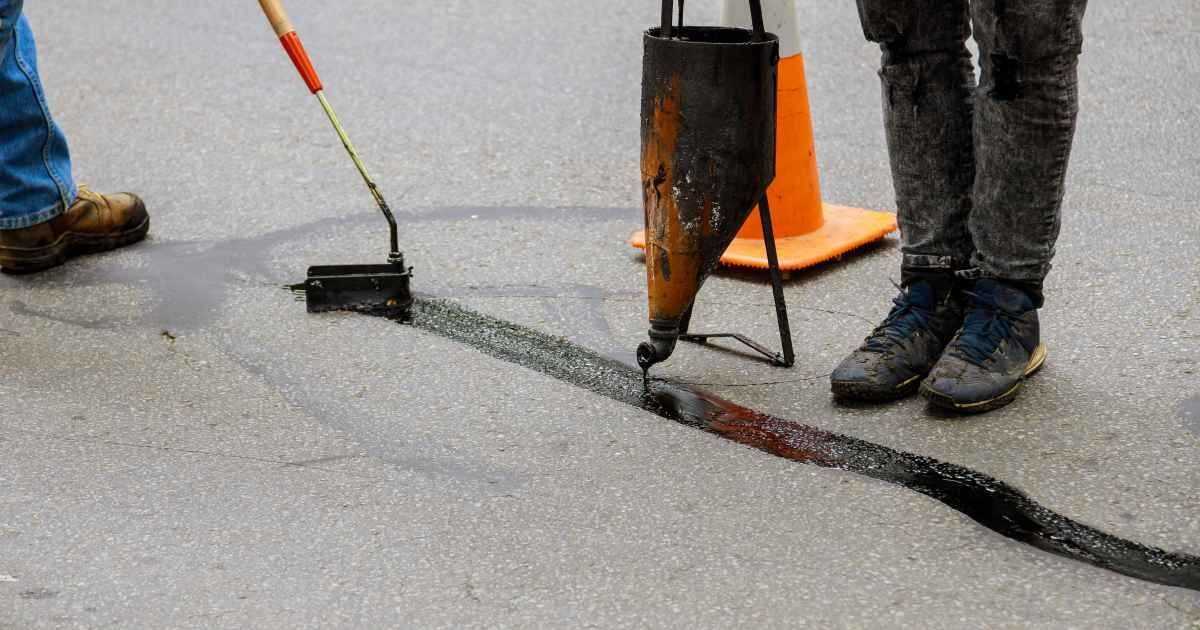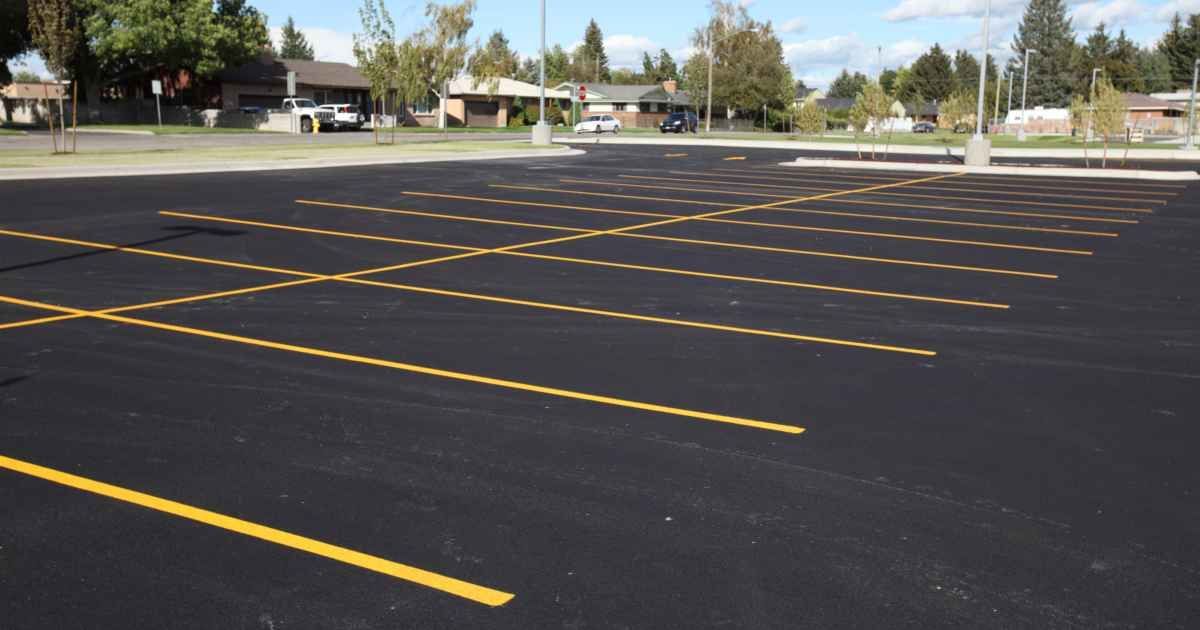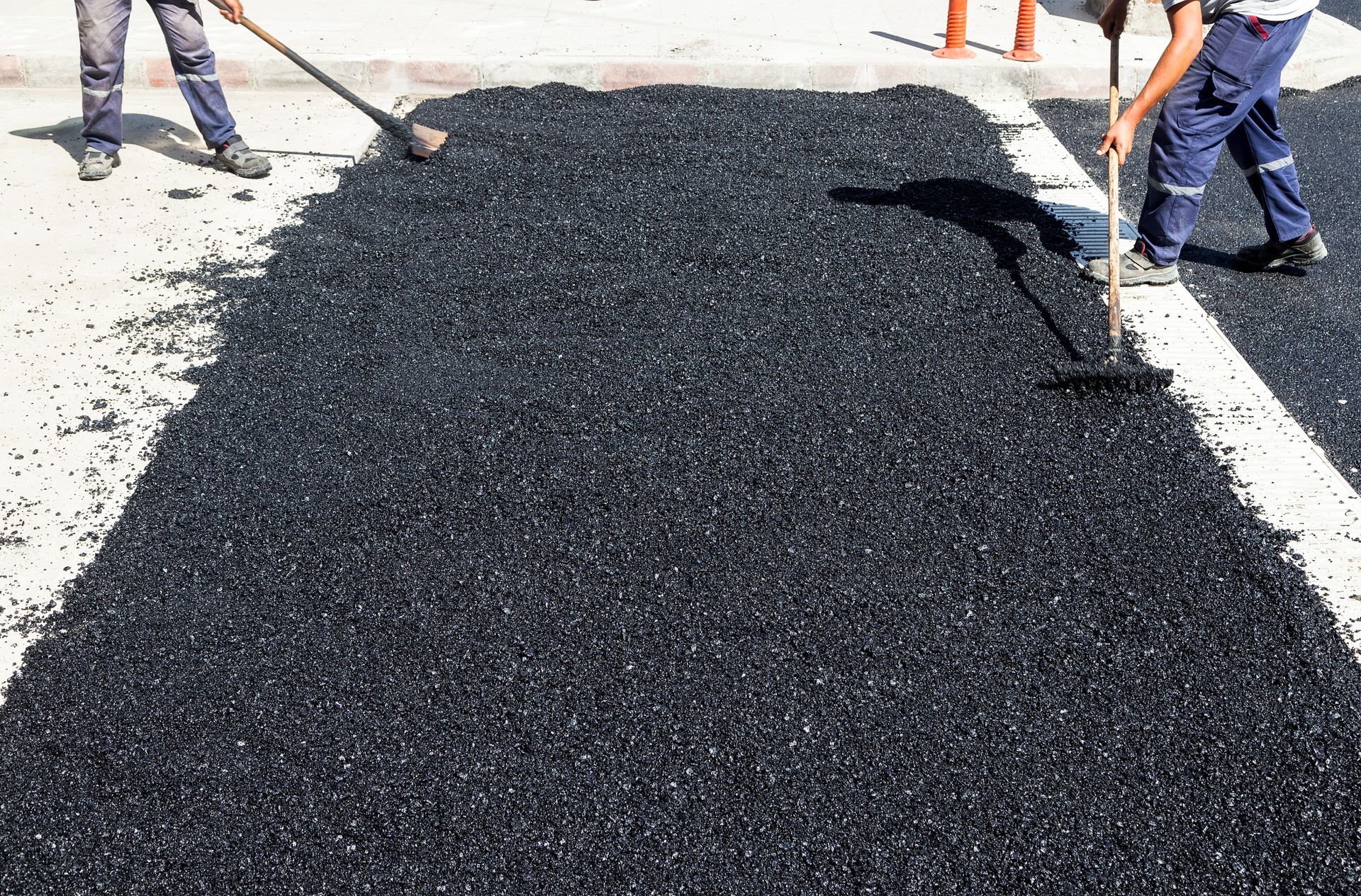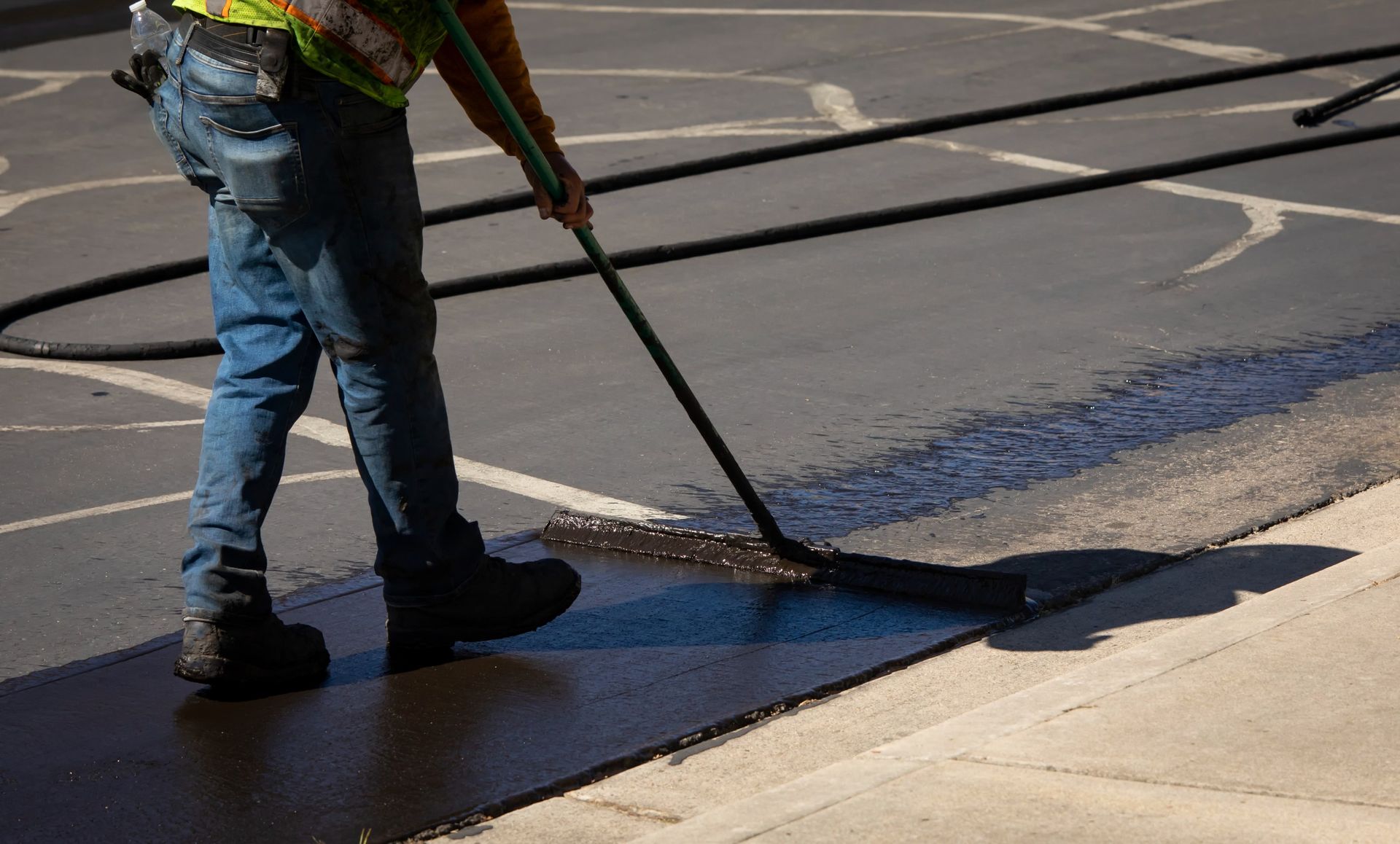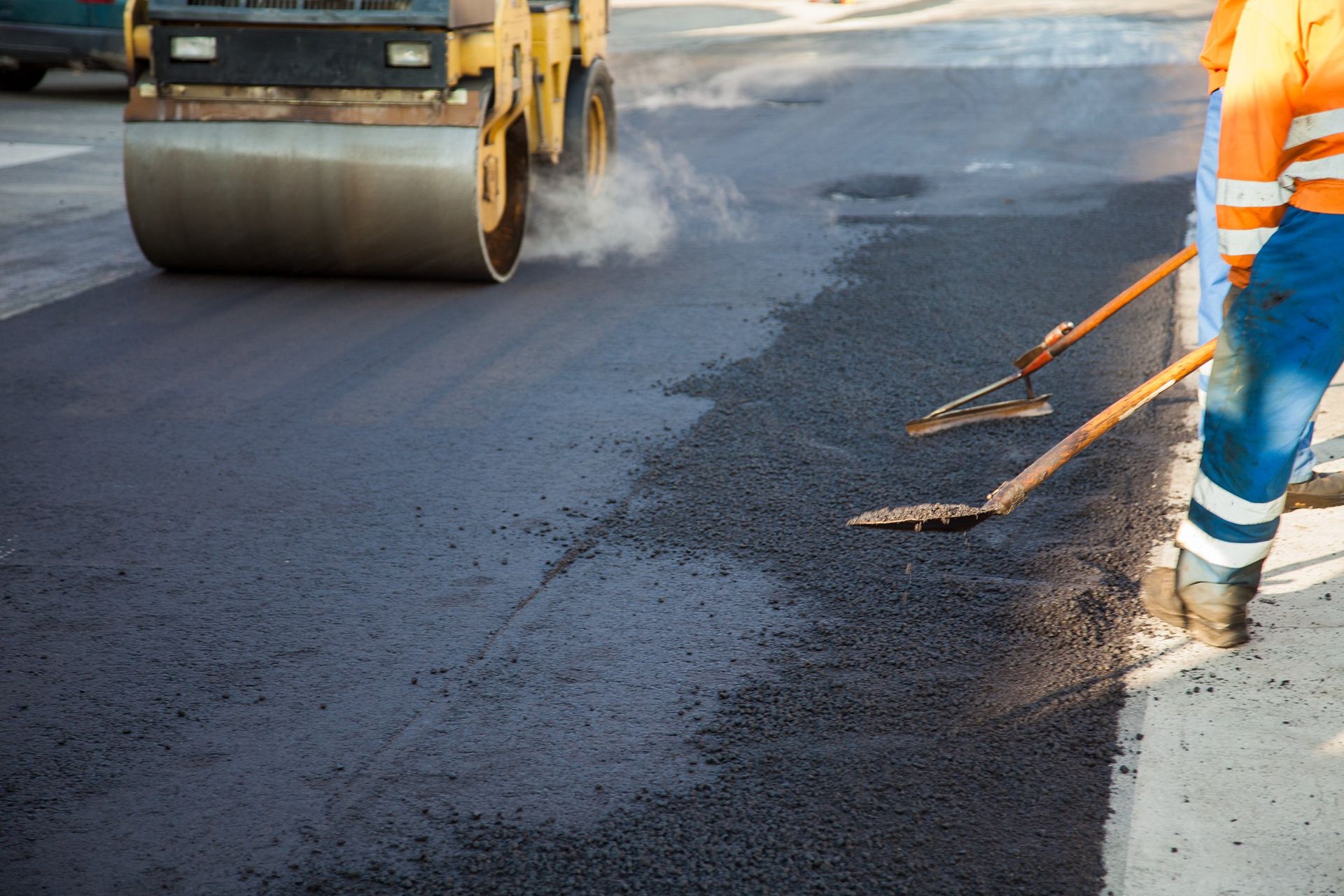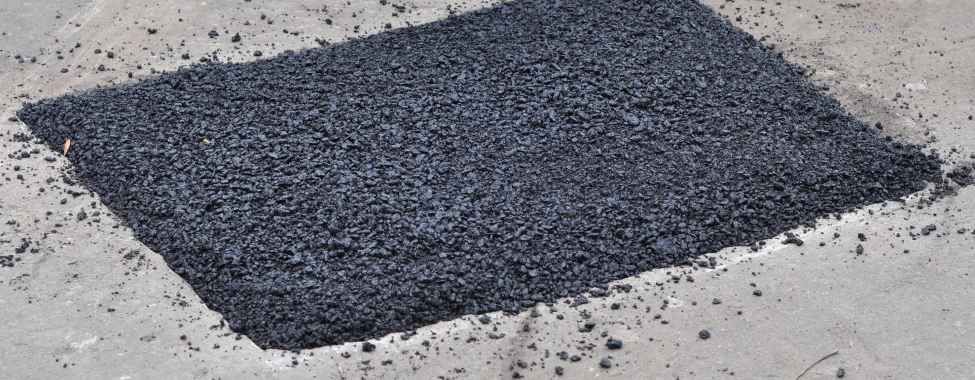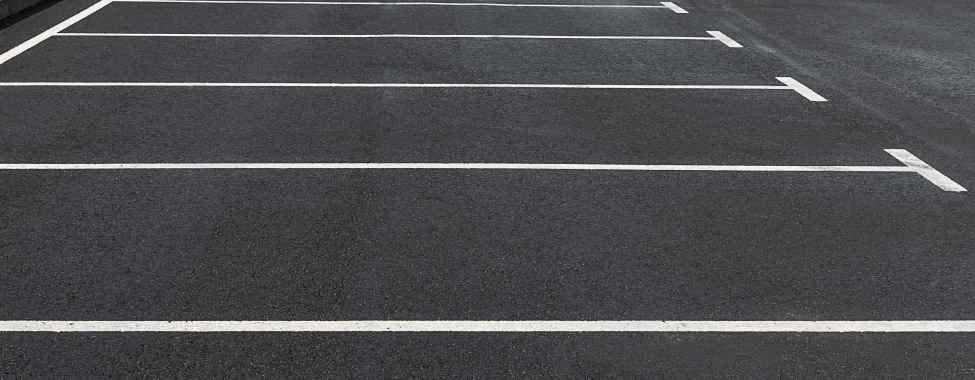How to Identify Early Signs of Asphalt Deterioration
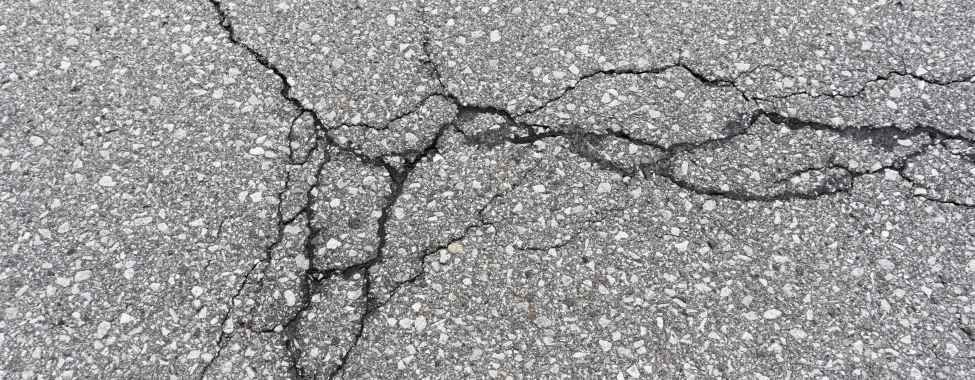
Asphalt deterioration is an inevitable part of pavement aging, but early detection can significantly prolong its life. Catching the first signs helps address issues before they escalate, saving both time and resources. This guide will walk you through various indicators of pavement distress types and how to identify them.
1. Alligator Cracking
One of the most recognizable types of asphalt cracking is alligator cracking, which appears as a network of interconnected cracks resembling an alligator’s skin. This type of asphalt deterioration is often due to traffic stress and poor subgrade support, which weakens the structure over time. Repairing these cracks typically involves a full-depth patch to restore the pavement's strength and prevent further spreading.
2. Edge Cracking
Edge cracks form along the outer boundaries of asphalt, often caused by insufficient support, water erosion, or even vegetation encroachment. They signify a lack of drainage and can lead to more serious pavement distress types if left unattended. Addressing edge cracks requires removing vegetation, enhancing drainage, and sealing cracks to keep moisture out.
3. Transverse Cracks
These types of asphalt cracking run perpendicular to the pavement's centerline and result from temperature changes that cause the asphalt to expand and contract. Transverse cracks can worsen with water infiltration, so it’s vital to seal them quickly. Preventative sealing helps reduce further asphalt deterioration and preserves surface integrity.
4. Potholes
Potholes are one of the most noticeable and hazardous signs of asphalt deterioration. They develop when water seeps into cracks, causing erosion and loosening of the underlying layers. This erosion leads to small, localized failures that eventually break off, forming a pothole. Full-depth patching is often required to repair potholes, restoring smoothness and preventing further structural damage.
5. Depressions (Birdbaths)
Depressions, also known as birdbaths, are low-lying areas where water collects. Often the result of poor compaction during installation or from excessive loads, these dips weaken the pavement surface over time. Minor depressions can be filled and leveled, but deeper ones may require removal and replacement of the affected section to address underlying pavement distress types.
6. Rutting
Rutting presents as grooves or depressions along vehicle wheel paths and can be a sign of weak asphalt mixes, insufficient thickness, or inadequate compaction. This asphalt deterioration poses a risk to vehicles by affecting traction. Minor rutting can be repaired with overlays, but severe cases may need to be removed and repaved to ensure safe driving conditions.
7. Raveling
Asphalt raveling occurs when the surface layer begins to break down, and aggregate materials become loose. This leads to a rough texture and reduces skid resistance, potentially exposing the base layers to further deterioration. Preventative maintenance, like seal coating, can help protect against raveling. If severe, a surface overlay is required to restore the pavement's smooth finish.
8. Discoloration and Fading
Over time, asphalt can lose its dark color due to oxidation, leading to fading or discoloration. Though it may seem superficial, color changes often signal underlying asphalt deterioration. UV exposure weakens the asphalt binder, making it more susceptible to cracks and raveling. Seal coating can protect against this fading, preserving both appearance and durability.
9. Block Cracking
Block cracks form a grid-like pattern and are usually due to the asphalt binder's inability to expand and contract with temperature changes. They are typically seen in large, rectangular sections and can allow water to infiltrate and worsen pavement distress types. Block cracks require prompt sealing, and in severe cases, overlays can prevent the issue from spreading.
10. Linear Cracks
Linear cracks, or longitudinal cracks, run parallel to the centerline and may appear as a result of asphalt raveling or shrinkage. Poorly constructed joints also contribute to linear cracks, which compromise the pavement’s overall structure. These cracks should be filled early to prevent water infiltration, especially in regions with high precipitation.
FAQs
1. What does early asphalt deterioration look like?
Early asphalt deterioration manifests in various ways, including cracks, potholes, and color changes. These signs often appear as minor surface issues but can rapidly worsen if ignored, leading to larger structural problems.
2. Can water worsen pavement distress types?
Yes, water is a leading cause of asphalt deterioration. It infiltrates cracks, softens the base layers, and accelerates issues like potholes and raveling, making regular sealing crucial to preserving pavement integrity.
3. How can asphalt raveling be prevented?
Routine maintenance, like seal coating, helps prevent asphalt raveling. Additionally, addressing minor cracks early and ensuring proper drainage can minimize this common type of deterioration.
Act Early to Preserve Your Pavement
Proactively identifying asphalt deterioration signs, such as pavement distress types and asphalt raveling, can extend the life of your asphalt surfaces and maintain safe, smooth conditions. Regular inspections, timely repairs, and preventive measures like seal coating are essential to prevent minor issues from becoming significant problems.
For professional assistance with asphalt deterioration and maintenance, visit Asphalt Paving Pros and schedule a consultation today!
Let’s talk about your project
Request a free quote today.
We are only accepting applications CDL truck drivers at this time.
En este momento solo aceptamos solicitudes para conductores de camiones CDL.
We will get back to you as soon as possible.
Please try again later.

WHERE TO FIND US AREAS WE WERVE
950 N. Villa Ave.
Villa Park, IL 60181
sales@asphaltpavingpro.com
(630) 833-0850
Copyright © 2024 Asphalt Paving Professionals
Website design by Blue Ink Web LLC
